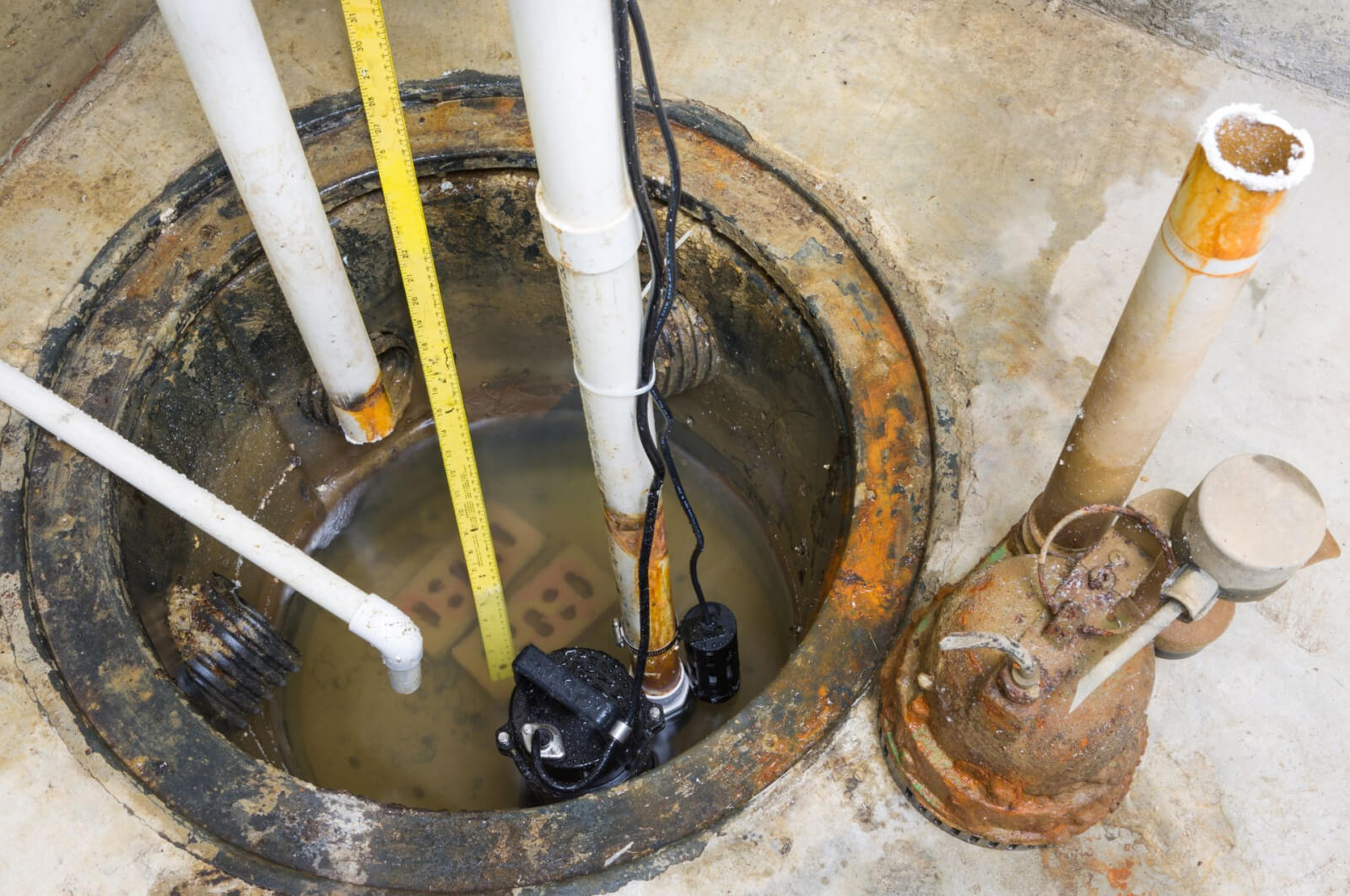Find A Plumber Near You
Call Us Now:

Sump pumps are the unsung heroes of your plumbing system that keep your home clean and mould-free. These machines remove excess water from your basement and release it away from the home, making them especially valuable during rainy seasons.
But what do you do with your sump pump in the winter? Like other plumbing parts and systems, you’ll need to winterize yours to get it through the cold months. Otherwise, it won’t be ready to work when the snow melts and turns into water.
With that in mind, these are our six best sump pump winter tips!
Being that it’s the final point of exit of the collected water from the sump pump, a frozen flex hose can pose serious problems. As such, to avoid a frozen discharge hose, you should disconnect it from the sump pump system before the temperatures drop.
However, if the temperatures fluctuate where you live in the winter, we recommend having a backup hose handy. You can reattach it when temperatures rise above freezing without being too concerned if it gets damaged when it drops again.
Read more: How Does a Sump Pump Work?
While every sump pump has some sort of draining system, many systems have pipes rather than hoses. While these have their benefits, one of their drawbacks is that they cannot be easily disconnected in the winter months.
Take these measures to avoid a frozen discharge pipe:
Of course, if possible, you might also want to consider switching to a hose that you can easily disconnect and re-attach as temperatures rise and fall.

Image source: Canva
It’s a common misconception that you should turn off the sump pump in winter since there’s not much rain during this season. Given the unpredictability of the weather, one of our best winter plumbing tips is to leave it running all year round.
With that being said, if you followed step one, you’re likely wondering what will happen if it kicks into action with no hose connected. Nothing in the short term, but you should get the hose reattached if you do end up needing it. This tip for sump pump in the winter is more to protect you from extreme overnight weather changes.
Before winter gets too cold, we highly recommend homeowners clean their sump pump pit as it has likely accumulated a lot of troublesome debris after working through the fall.
Follow these steps to clean your sump pump pit:
Don’t forget to clean the surrounding area of the sump pump, too!
Now, turn your attention to your crawl space vents—are they open?
If so, it’s best to shut them down during winter to prevent cold air and snow from entering and freezing the sump pump and its pipes. This will also help keep the heat in, which should make your basement more comfortable overall. This is one of the lesser-known sump pump winter tips that you shouldn’t overlook!

Image source: Canva
Have you heard of a sump pump ice guard? It’s an effective overflow device that helps you avoid sump pump-related winter plumbing problems!
Also known as a sump pump freeze plug, these help water escape the sump pump basin even if the hose is frozen, detached, or clogged. Adding this to your machine protects the sump pump’s motor from overheating, keeping it in tip-top shape in winter.
Still wondering what to do with your sump pump in the winter? The answer is following these sump pump winter tips—and calling 1st Rooter if you encounter issues!
Having over 25 years of professional service experience has made us the most trusted choice in Hamilton, Burlington, and Oakville. From sump pump winter maintenance to any other household issues, you can count on our team of licensed plumbers to deliver unparalleled service. We also have 24/7 emergency plumbing available.
Here’s a fact: the best sump pump winter tip is calling us today!
Leave A Reply